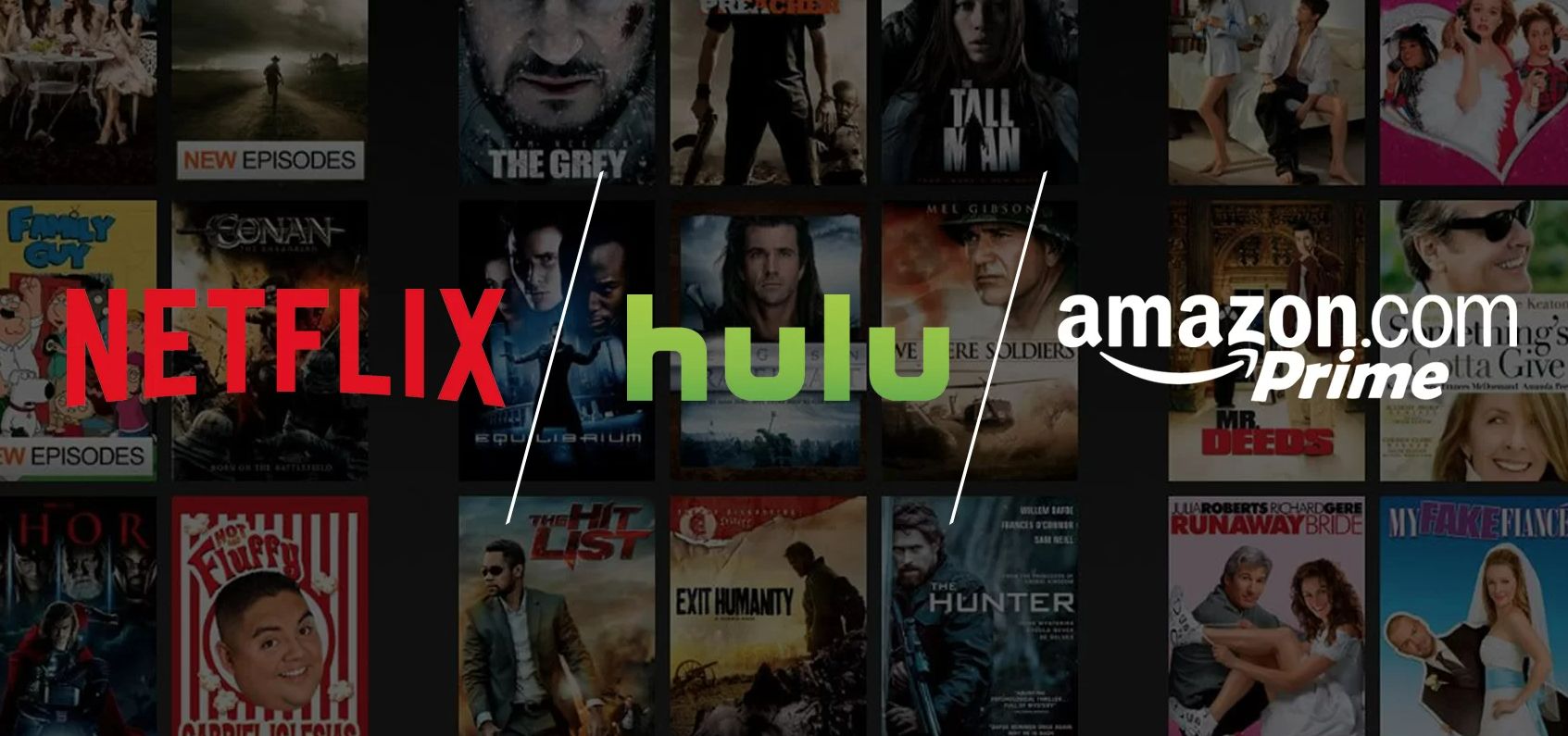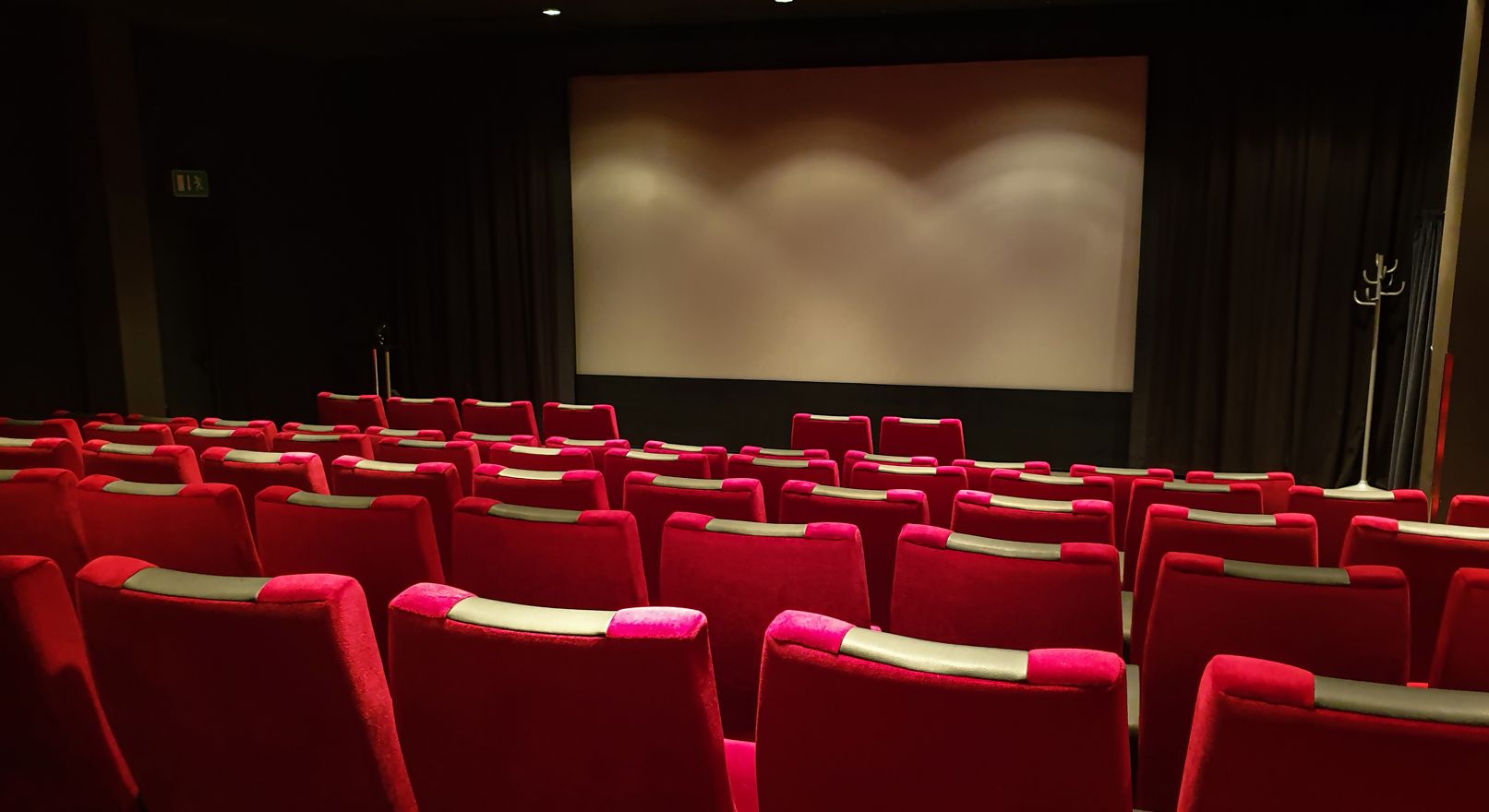The traditional cinematic experience, once a cornerstone of entertainment culture, is facing a gradual but undeniable decline. For over a century, movie theaters have been the primary venue for audiences to experience the magic of film. However, in recent years, a combination of technological advancements, changing consumer habits, and unforeseen global events has significantly altered the landscape of movie-going. This article delves into the factors contributing to the decline of traditional cinemas, the rise of alternative viewing options, and the future of the cinematic experience.

The Golden Age of Cinemas
The 20th century witnessed the golden age of cinemas, where movie theaters were the epicenter of entertainment. Going to the movies was a communal experience, a social event that brought people together to enjoy the latest Hollywood blockbusters or indie gems on the big screen. Lavish theaters with ornate designs, comfortable seating, and state-of-the-art sound systems provided an immersive experience that was unmatched.
Social and Cultural Significance
Cinemas were not just places to watch movies; they were cultural hubs. The experience of lining up for tickets, grabbing popcorn, and watching trailers before the feature film created a sense of anticipation and excitement. Cinemas played a crucial role in shaping social interactions and cultural trends, often reflecting and influencing societal norms and values.
The Advent of Home Entertainment
The emergence of home entertainment systems in the late 20th century marked the beginning of a shift in how audiences consumed films. The introduction of VHS tapes, followed by DVDs and Blu-ray discs, allowed people to enjoy movies in the comfort of their homes. This convenience gradually chipped away at the dominance of traditional cinemas.

Home Theatre’s and Streaming Services
Advancements in technology further accelerated this shift. Home theatre’s with large-screen TVs, surround sound systems, and high-definition displays offered a comparable experience to traditional cinemas. The rise of streaming services like Netflix, Amazon Prime, and Disney+ revolutionized the industry by providing instant access to vast libraries of movies and TV shows. Subscription-based models made it easier and more affordable for audiences to watch films at their convenience.
The Impact of the COVID-19 Pandemic
The COVID-19 pandemic dealt a significant blow to the traditional cinematic experience. With theaters forced to close their doors to curb the spread of the virus, studios delayed releases or opted for digital premieres. This disruption had profound effects on the industry, accelerating trends that were already in motion.
Digital Releases and Hybrid Models
The pandemic saw the rise of digital releases and hybrid models, where films were simultaneously released in theaters and on streaming platforms. Major studios experimented with this approach, and the results were telling. Movies like “Wonder Woman 1984” and “Black Widow” saw substantial viewership on streaming platforms, prompting studios to reconsider their distribution strategies.

Financial Struggles of Theaters
The prolonged closures and reduced capacity due to social distancing measures led to significant financial struggles for theater chains. Many independent cinemas faced permanent closure, while major chains like AMC and Regal Cinemas had to navigate severe financial distress. The uncertainty of the pandemic’s duration exacerbated these challenges, leaving the future of traditional cinemas in jeopardy.
Changing Consumer Preferences
Consumer preferences have evolved, influenced by convenience, cost, and technological advancements. The allure of watching a movie at home, without the need to commute, buy expensive tickets, or deal with crowded theaters, has become increasingly appealing.
Convenience and Customization
Streaming services offer unparalleled convenience. Viewers can pause, rewind, and fast-forward movies, create personalized watchlists, and access content across multiple devices. This level of customization caters to individual preferences and lifestyles, making home viewing an attractive option.

Diverse Content and Original Productions
The proliferation of streaming services has led to a surge in diverse content and original productions. Platforms like Netflix and Amazon Prime invest heavily in producing exclusive movies and series, often attracting top-tier talent and delivering high-quality content. This has expanded viewing options and provided audiences with a wide array of choices beyond what traditional cinemas offer.
The Role of Technology
Technological advancements continue to shape the future of cinematic experiences. Innovations in virtual reality (VR) and augmented reality (AR) have the potential to create immersive viewing experiences that rival traditional cinemas.
Virtual Reality and Immersive Experiences
VR technology can transport viewers into the heart of the action, offering a 360-degree viewing experience that traditional screens cannot match. As VR technology becomes more accessible and affordable, it could revolutionize how audiences engage with films, providing an immersive and interactive experience.

Advanced Home Entertainment Systems
The development of advanced home entertainment systems, including ultra-high-definition TVs, advanced sound systems, and streaming devices, enhances the home viewing experience. These technologies continue to close the gap between the cinematic and home viewing experiences, making it harder for traditional cinemas to compete.
The Future of Cinematic Experiences
While the decline of traditional cinemas seems inevitable, it does not signify the end of the cinematic experience. Instead, it signals a transformation in how audiences engage with films. The future of cinematic experiences will likely involve a blend of traditional elements and innovative technologies.
The Rise of Boutique Cinemas
Boutique cinemas, which offer a more personalized and luxurious experience, are gaining popularity. These theaters provide gourmet food, comfortable seating, and curated film selections, appealing to moviegoers who seek a unique and high-quality experience. The focus on creating an intimate and exclusive atmosphere differentiates boutique cinemas from standard multiplexes.
Event Cinemas and Exclusive Screenings
Event cinemas and exclusive screenings of major blockbusters or special interest films can draw audiences back to theaters. The communal experience of watching a highly anticipated movie on the big screen, coupled with Q&A sessions, live performances, or themed events, can create a compelling reason for moviegoers to visit theaters.
Hybrid Distribution Models
The hybrid distribution model, which combines theatrical releases with digital premieres, is likely to continue. This approach allows studios to reach a wider audience while accommodating different viewing preferences. Theaters may become venues for premiering high-profile films, while streaming platforms provide accessibility for those who prefer home viewing.
Conclusion
The traditional cinematic experience is undergoing a profound transformation, driven by technological advancements, changing consumer preferences, and the impact of global events like the COVID-19 pandemic. While traditional cinemas face significant challenges, the essence of the cinematic experience—immersive storytelling and communal enjoyment—will persist in new and evolving forms. The future of cinema will likely be a hybrid of traditional and innovative elements, ensuring that the magic of movies continues to captivate audiences around the world.




















